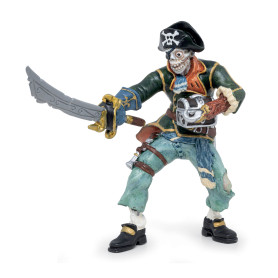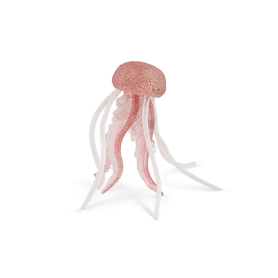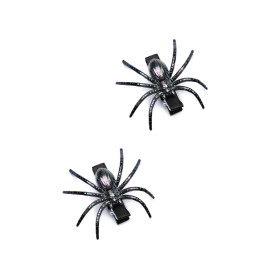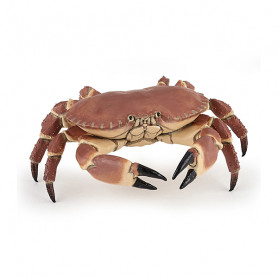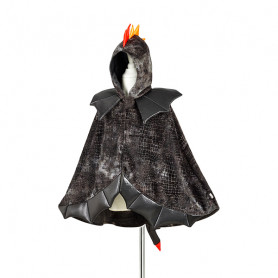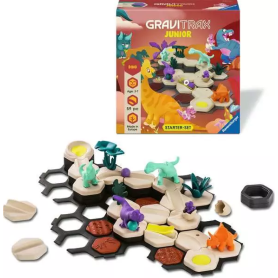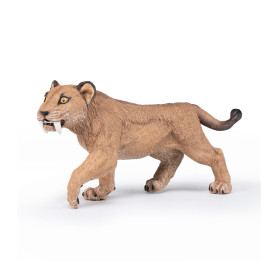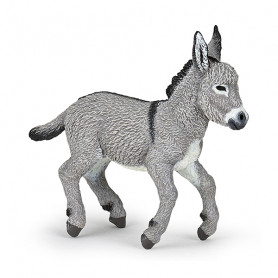This whale is also called the North Atlantic right whale or the Biscayan whale, a name derived from the first Basque whalers.
The right whale is so called because when it is harpooned and killed, it continues to float because it is very fat, unlike the fin whale for example, which sinks. An ideal prey because it is docile, slow and exceptionally rich in oil, the species has been intensely hunted and remains today the most endangered of all baleen whales. In the northwest Atlantic, there are barely 400 individuals. North Atlantic right whales feed mainly on copepods, a small crustacean that is generally between 1 and 2 mm in size and which forms the basis of plankton. They feed by swimming slowly, on their side and with their mouths open, which makes them particularly vulnerable to collisions with boats. Unfortunately, since 2020, the International Union for Conservation of Nature (IUCN) considers this whale to be critically endangered.
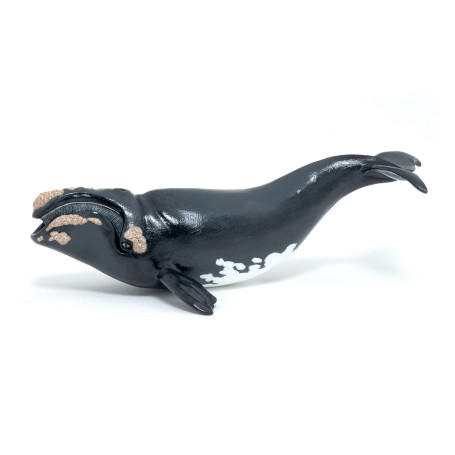

 100% secure payments
100% secure payments









